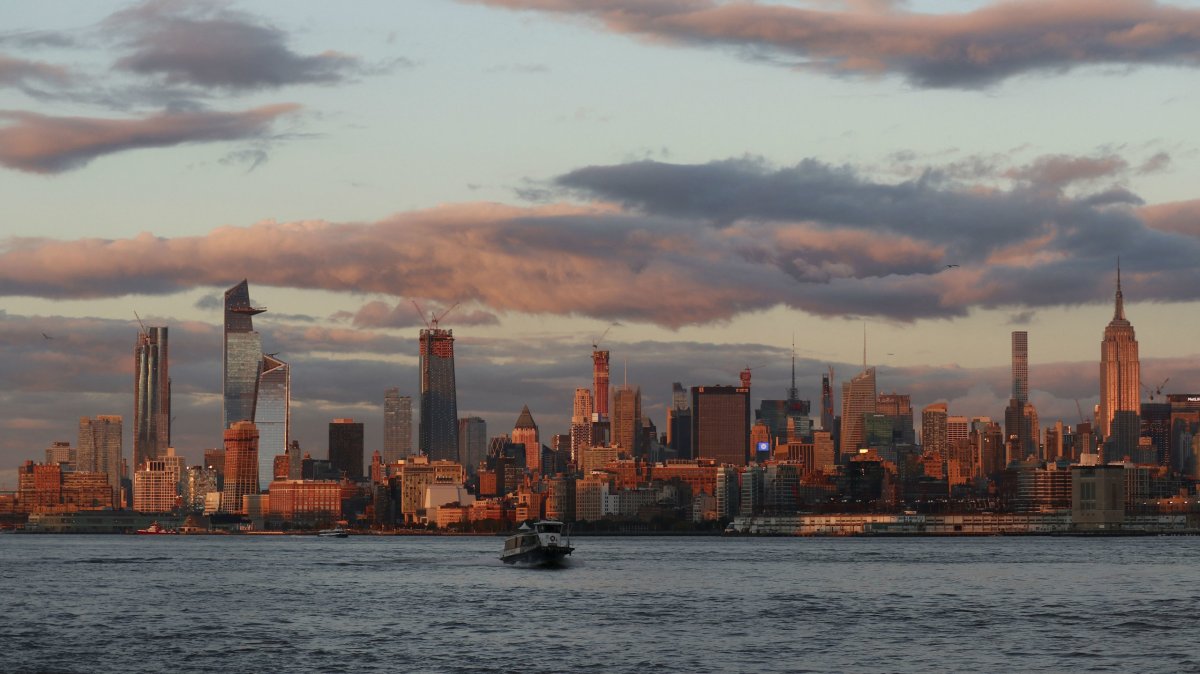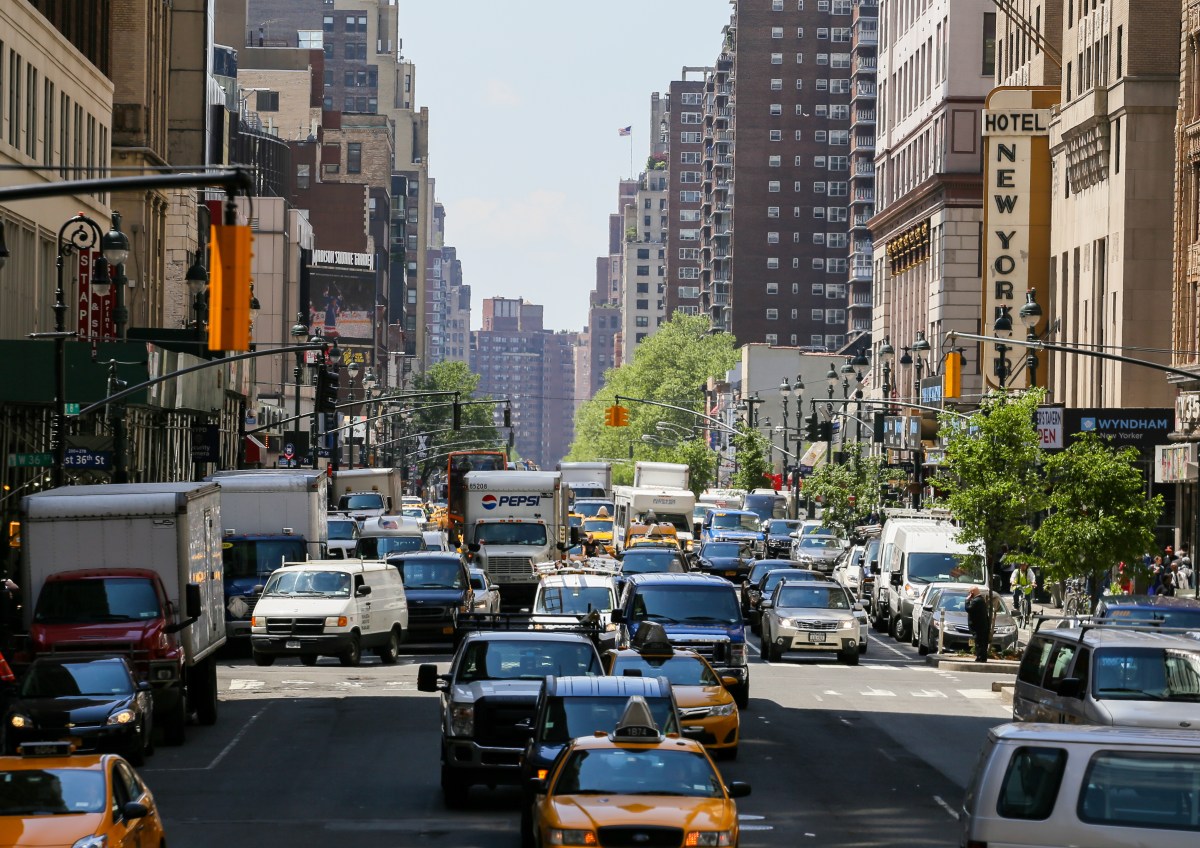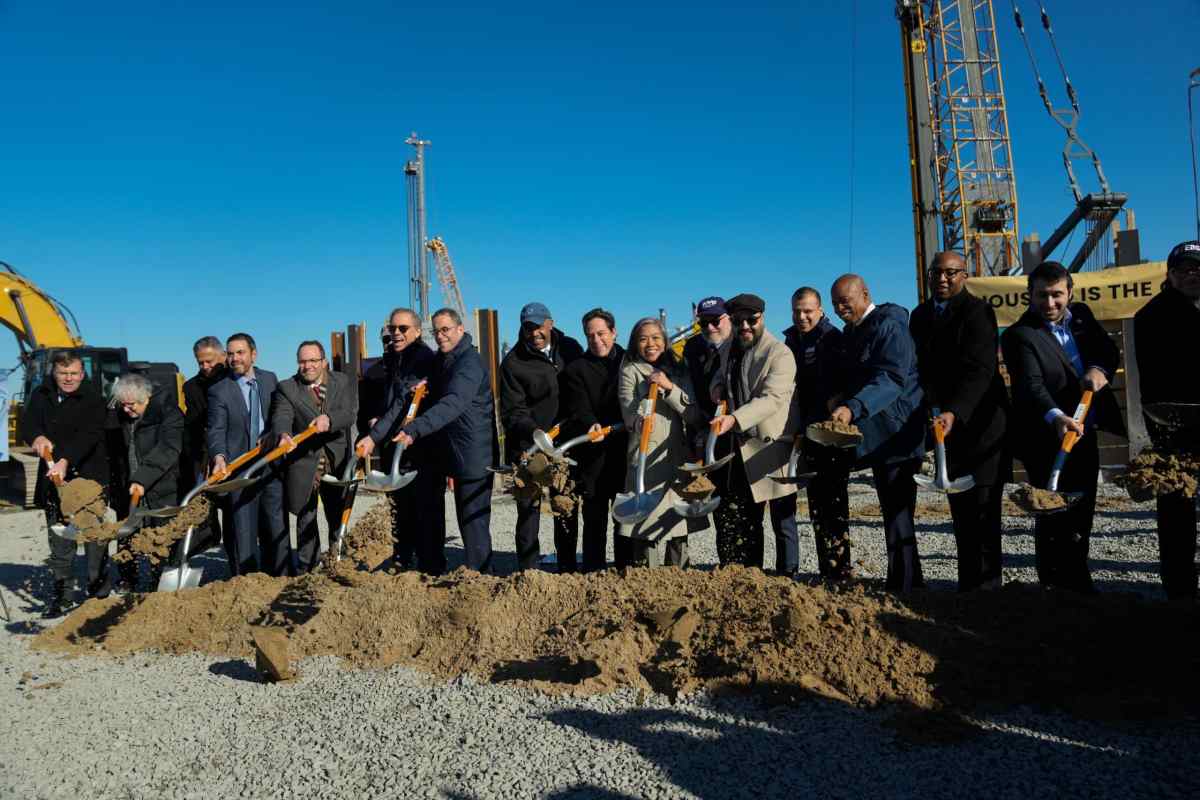New York City is currently seeing a construction boom in affordable housing and the region’s landscape is changing rapidly, as a result.
According to a new report from Localize.city, a platform that provides neighborhood insights based on New York City data, the city has already seen more than 12,800 new housing units open in the first half of 2018 and another 31,000 are expected to open by 2020.
“Altogether, more than 90,000 units have been built and are projected between 2016 to 2020,” said Localize.city data scientist Israel Schwartz in a statement. “That is almost double what New York saw during the previous four years when roughly 50,800 units were completed.”
The report shows that more focus is being put on neighborhoods across all five boroughs — in fact, the only Manhattan neighborhood where new units are being added is in the Lower East Side. Nnearly 60 percent of the new units are opening in Brooklyn or Queens.
“With Manhattan prices continuing to rise, the demand for these neighborhoods has continued to grow, providing more incentives for new construction. Changes in terms of safety and amenities, like restaurants, bars, yoga studios, combined with good access to Manhattan have made these neighborhoods more desirable,” Localize.city President Steve Kalifowitz told Metro.
Here’s where to expect new units by 2020
Long Island City is ranked first among the top ten neighborhoods for development and by 2020, it’s expected to welcome nearly 6,400 new apartments. Greenpoint in Brooklyn is expected to take a big jump from fewer than 70 units at the beginning of this year to more than 2,600 percents, all thanks to the great interest in the Greenpoint Landing megaproject.
Williamsburg and Astoria are also expected to see large numbers of new units. Both neighborhoods are expected to see the number of units opening in the next year and a half jump by 800 percent compared to the first half of 2018.
So, What’s driving the construction boom in New York? Kalifowitz explains that much of it has to do with the major amount of permits filed by developers in 2015, when there was a rush to get them in before the state’s 421-a tax abatement expired in January 2016. Many of the developments that are under construction now are the result of those permits and the number of units under construction is now waning. As these projects wrap up, however, the number of units that are hitting the market is still on the upswing.
The consequences of growing units
Kalifowitz explains that there are many implications, both good and bad, that follows with these growing units.
“New constructions could mean different things in different neighborhoods,” Kalifowitz said. “One looming concern is school overcrowding. In Long Island City, for example, we highlight that while three new public schools are being built, it’s likely that they will be overcrowded by the time they open.”
In the short term, there will be nuisances that come with construction projects that the residents may have to deal with including noise and dust. In the long term, the increased units could result in overburdened infrastructure from the transportation system to the sewers, as well as gentrification displacement, overcrowded schools, a change in architectural style within a neighborhood, and a worsened traffic situation.
Kenn Street in Greenpoint, for example. The street is already overcrowded with traffic so it’s hard to imagine doubling the population without making a significant impact on the neighborhood and commuters, alike.
While transit, schools, and parks might become more crowded, some areas might see new modes of transportation added, expanded schools and renovated public spaces. The increased number of units will also result in more affordable housing opportunities that will mprove New York resident’s living standards.
“Too often, people don’t know about planned projects, nor can they easily understand the implications of how those projects might affect their quality of life,” Kalifowitz said.




















